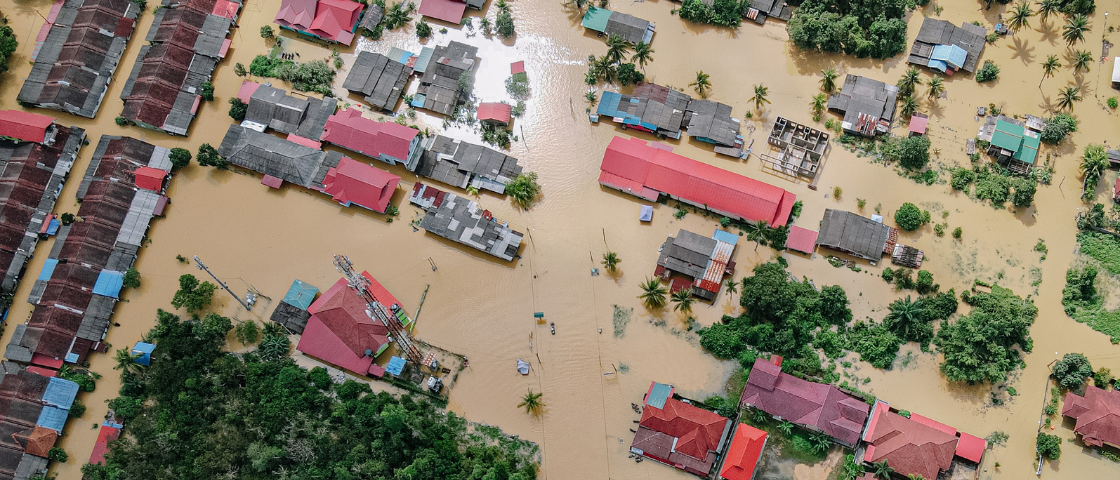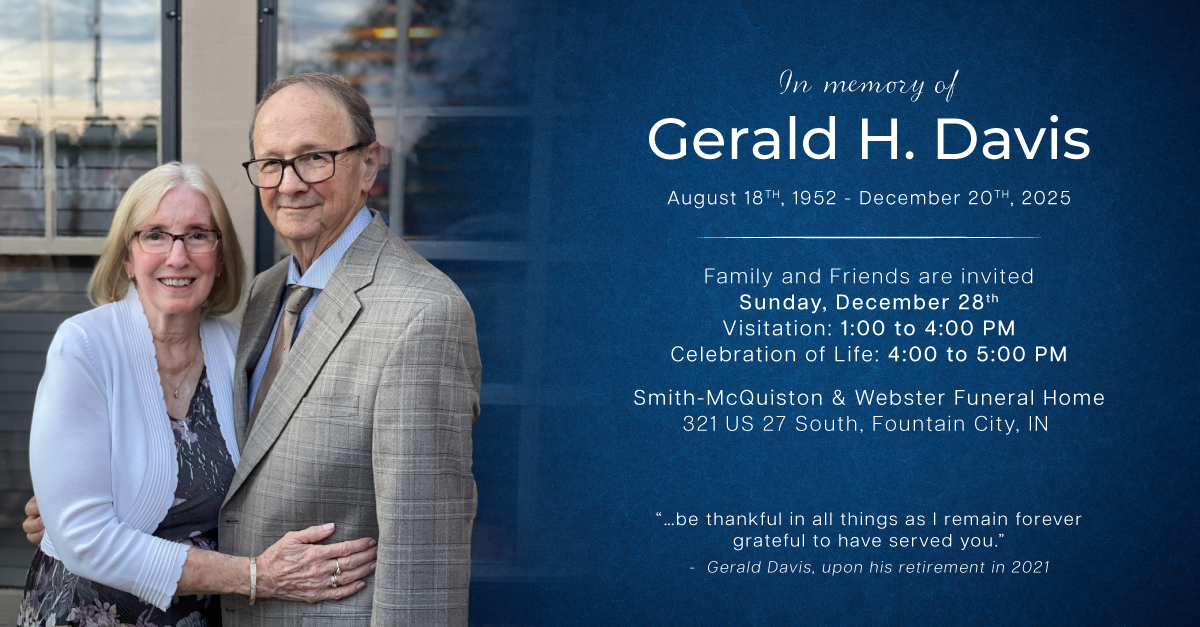Recovering Human Remains After Disasters
File this one under “Things You Hope Never to Experience”: If your community is ever affected by a disaster of some kind which results in mass casualties, special considerations could apply for the collection of human remains.
Much will, of course, depend on the nature of the event and the number of deceased. The disaster itself could affect the collection in practical ways which will direct all subsequent steps in the process (such as in the aftermath of 9/11).
In natural disasters like earthquakes or the Indian Ocean tsunami, access to areas where remains are located may be difficult or impossible to obtain for safety or other reasons. And in cases of manmade disasters (structural collapse, airplane or multi-vehicle crashes, acts of terrorism), additional obstacles could exist: Maneuvering law enforcement and the media, gawkers, a large, spread-out collection site. The condition of remains also could affect the nature of the collection effort.
In any of the extraordinary circumstances that result in multiple fatalities, what’s the main role of traditional death care?
Coordination with local authorities
Whatever the nature of the disaster, some key considerations invariably come into play when processing victims (recovery, storage, identification, etc.).
Chief among concerns of death care pros in conditions of disaster will be coordination of efforts with local authorities. In many ways, the effort of collection of human remains following an event with large numbers of dead will share features with the standard processes of collecting remains from scenes of violent crimes. Death care professionals will likely work in cooperation with local or other governmental offices and departments to preserve details and evidence (such as in an airplane crash or crime scene).
Coordinated efforts of multiple organizations in collection of human remains are likely to involve not only police but also other administrative representatives, potentially in large numbers and of various types. Of course, recovery of the dead should in no way impede the efforts to locate and assist survivors. Such efforts in the aftermath of a disaster of any type is typically chaotic.
Members of the military and/or civil authorities unfamiliar with the steps of such collection processes may be needed as extra hands. Likewise other untrained volunteers, including authorities from other supporting communities, could be called upon for assistance. Death care pros, as the main experts in the matter, may be called upon to provide basic instruction on the process to the untrained whose assistance is required.
Health precautions, storage, identification
Precautions against infectious exposure specific to the disaster could be among the first factors seriously to impact recovery efforts. The necessity for special personal protective equipment (PPE) which may not be readily available for all working in the recovery effort (protective gloves, respirators or full-body suits, for example) could slow and frustrate the pace of efforts already under pressure to address remains promptly.
If recovery personnel are working amid toxins such as might be present after an industrial accident, derailment of trains transporting hazardous cargo, orchestrated bioterrorism attack or a chemical spill, such supplies would be a necessity.
In situations where there is a large number of dead, volume of remains requiring storage and processing present immediate issues, as climate and temperature quickly become factors affecting identification.
As collection treats parts of bodies as whole bodies, not attempting to match parts at the scene, body bags, pouches, stretchers and gurneys may be employed. Under such conditions, cold storage enough to prevent decay could quickly become scarce.
To draw upon the obvious example of this specific scenario: local responses to the earliest days of Covid, where PPE supplies were in extreme demand, depleted in medical facilities which issues dead by the score to area funeral homes all over the world, each of which was soon overwhelmed by sheer volume. Storage had to be improvised; crematoria ran ceaselessly and frequently still couldn’t meet demand; there were more questions than answers about the communicability of the virus. Every stage in the process was impacted for months: storage, identification, and processing (including services), necessitating mass burials in some regions.
Further preparation
For those interested in greater detail of all aspects of disaster aftermath management for numerous dead, comprehensive resources addressing practical details can be found in this guide by the Red Cross and this government resource.




